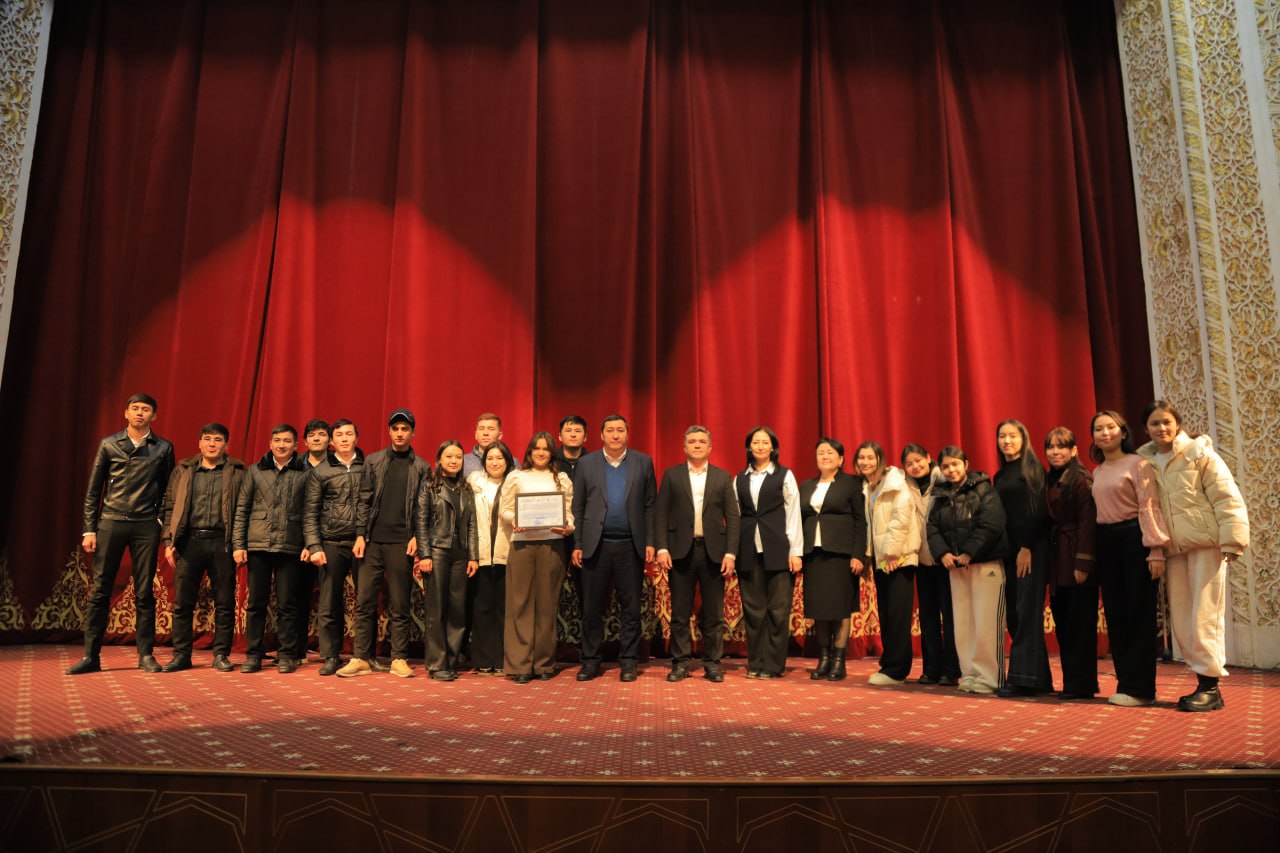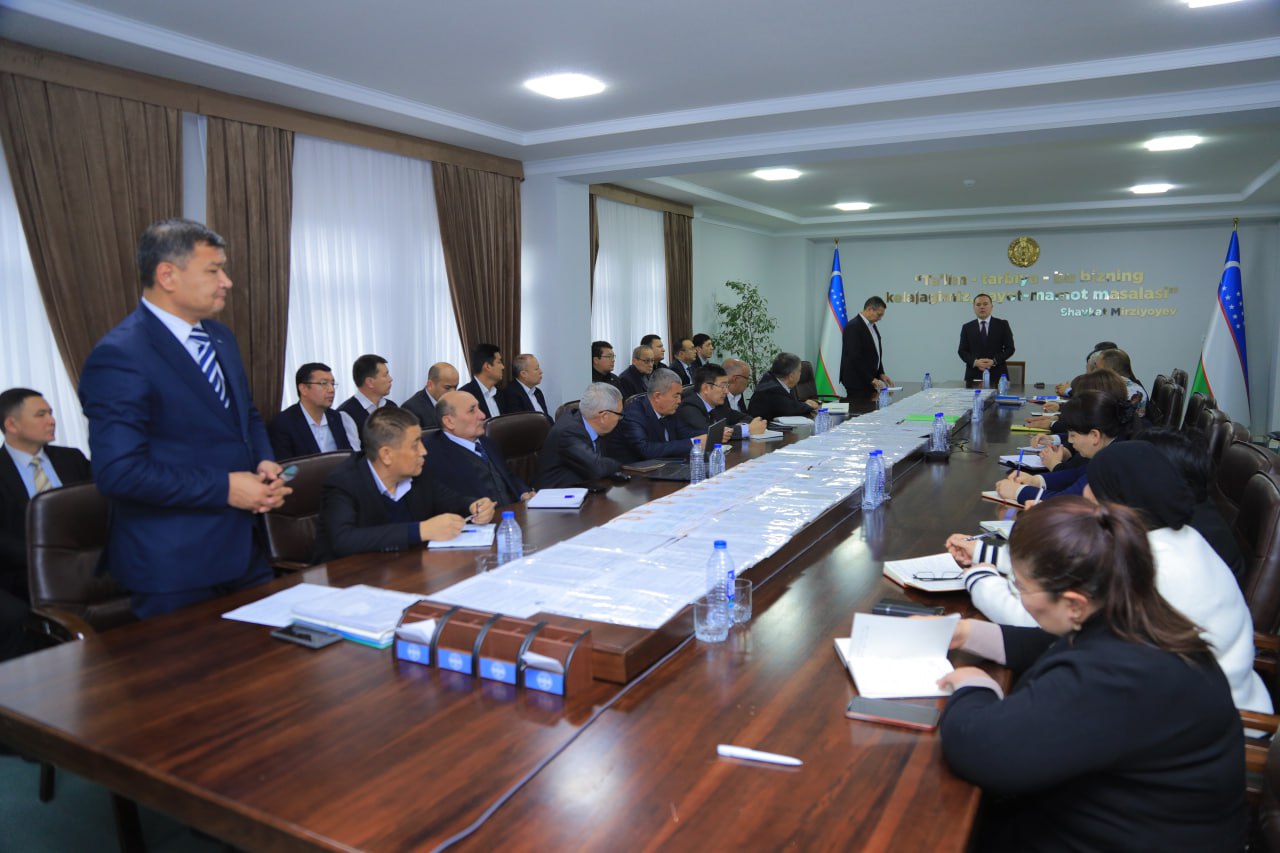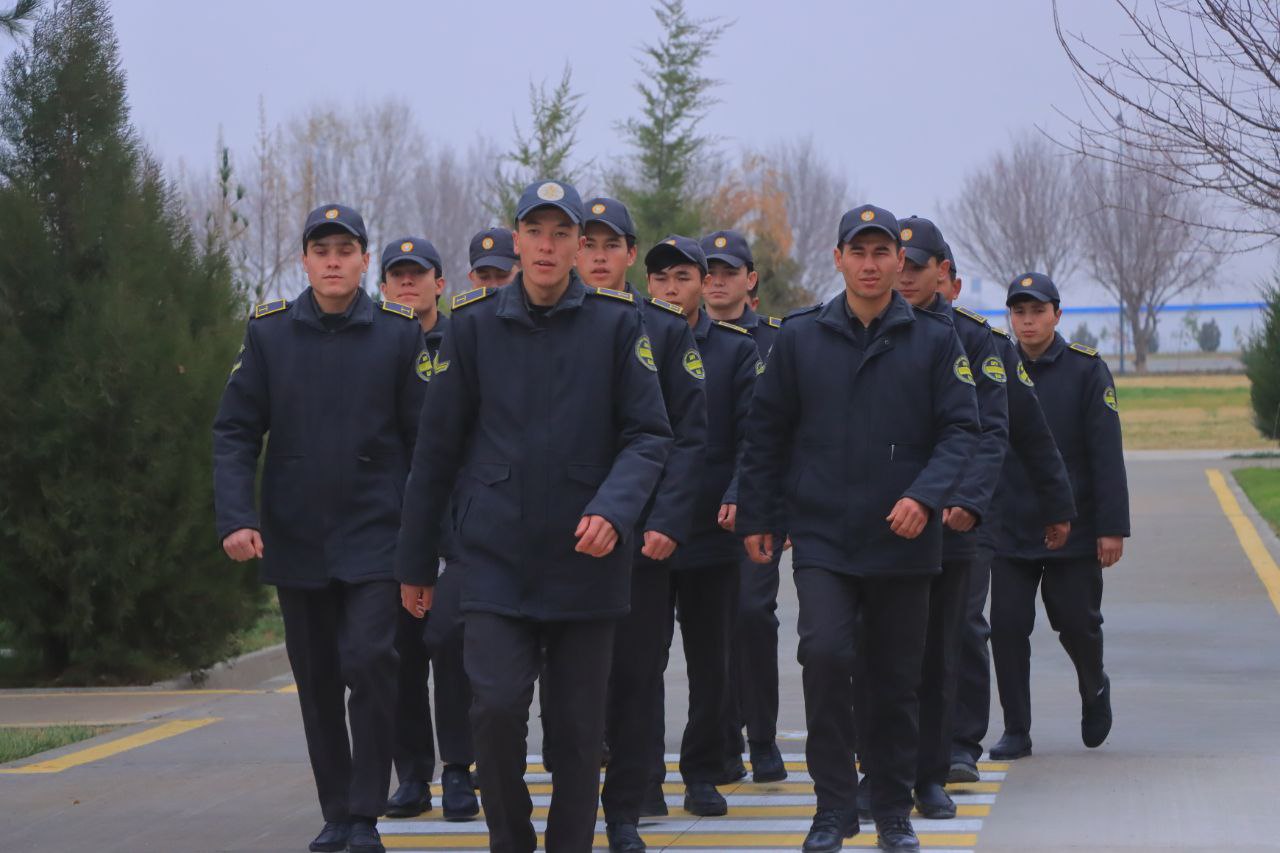Abdurasulov – Doctor of Psychological Sciences (DSс),
Jizzakh State Pedagogical Institute Ibaydullaeva – teacher, National University of Uzbekistan
- Jizzakh branch, department of “Psychology”
Annotation: In the article, the author, based on the results of a questionnaire and oral survey, identifies the motivating factors for martial arts and boxing, the choice of a particular sports direction, the motives of students in sports.
Keywords: Martial arts, sports, boxing, motives
INTRODUCTION, LITERATURE REVIEW AND DISCUSSION
It is generally recognized that motives and interests largely determine the nature of human activity, including martial arts and boxing.
The study of the influence of interests and motives on certain aspects of human activity, in particular, the motives for choosing the type of martial arts and motives that encourage classes, the breadth of interests and the strength of their manifestation in the process of practicing training exercises, the degree of development of competitive interests, etc. makes it possible to further control the process of motivation. Such a study can become the basis for the formation of conditions in which it would be possible to develop a sustainable interest in sports, in particular martial arts and boxing.
Numerous studies of interests and motives that manifest themselves in the process of activity (Arbuzov V.V., Gradopolov K.V., Piloyan R.A., etc.) show that interests and motives are the basis, set the ways and means of satisfying the need for activity . It is noteworthy that interest “in the dynamics of its development can turn into an inclination, as a manifestation of the need to carry out activities that arouse interest” [1].
To study the motives, we used a specially designed questionnaire, which allowed us to study the motives of students that manifest themselves when choosing the type of martial arts, as well as to study the motives that encourage them to practice the chosen martial arts. In table. 1 shows the results of the study.
Table 1.
The results of the study of the motives for practicing martial arts and boxing by students (in percent).
| Overall ranking | motives | Types of martial arts | |||||||||
| wrestling | boks | karate | taekwondo | judo | |||||||
| % | place | % | place | % | place | % | place | % | place | ||
| 1. Motives that appear when choosing a type of martial arts: | |||||||||||
| II | a) As a result of advertising and propaganda; | – | – | – | – | – | – | 30,7 | 1 | 22,2 | 2 |
| IV | b) The desire to be like a famous film actor; | – | – | – | – | 12,5 | 2 | 15,3 | 4 | – | – |
| III | c) At the request of the parents; | 45 | 2 | 10 | 2 | – | – | 15,4 | 3 | – | – |
| I | d) Friends interested and encouraged to study | 55 | 1 | 80 | 1 | 75 | 1 | – | – | 33,3 | |
| 2. Motives that manifest themselves in the process of practicing martial arts and boxing: | |||||||||||
| III | a) Prepare yourself for independent living | – | – | – | – | 50 | 1 | 23,1 | 2 | 22,2 | 2 |
| II | b) Protect yourself, friends and relatives; | 15 | 2 | 10 | 2 | 12,5 | 3 | 15,6 | 3 | – | – |
| I | c) Become strong and healthy; | 80 | 1 | 90 | 1 | 37,5 | 2 | 46,1 | 1 | 77,7 | 1 |
| IV | d) To become physically taller than peers; | 5 | 3 | – | – | – | – | 15,2 | 4 | – | – |
| V | e) Subdue peers to yourself. | – | – | – | – | – | – | – | – | – | – |
| 3. Motives that encourage martial arts | |||||||||||
| IV | a) General physical training | 5 | 3 | – | – | – | – | 15,2 | 4 | 11,2 | 4 |
| II | b) Technical and tactical training | – | – | 32 | 2 | 37,5 | 2 | 23,1 | 2 | 44,4 | 1 |
| I | c) Improving preparations (disease removal) | 75 | 1 | 30 | 3 | 50 | 1 | 15,6 | 3 | 22,2 | 3 |
| III | d) Combat training | 20 | 2 | 38 | 1 | 12,5 | 3 | 46,1 | 1 | 22,2 | 2 |
As is known, in foreign psychology a number of features of the nature and functions of motives in the regulation of the subject’s behavior have been identified: the incentive and guiding functions of motives (K. Brien., Z. Freud., R. Cattell, etc.).
And this, in our opinion, is quite acceptable for explaining and determining human behavior.
Unlike foreign (Western) psychologists, who are somewhat detached from the context of human activity, we make an attempt to interpret our results in the context of the specific activities of students in the process of practicing martial arts and boxing.
In general, the “questionnaire of an athlete” contains three sections and 20 different answers-motives that encourage people to go in for sports. Among these answers-motives “accidentally got into the gym for training and I was offered to study, after which I regularly attended classes”, “the desire to achieve good physical development and a beautiful physique”, “the opportunity to receive material rewards for good results”, “the desire to be in other cities and especially abroad”, “subjugate peers”, etc. However, all these motives turned out to be, for the most part, of secondary importance for students and amounted to low (from 1,5 to 3) percent. In this regard, it seems to us appropriate to consider only the most significant motives, those that are dominant among students.
In addition to those indicated in Table 1, we also identified answers-motives that were not in the questionnaire. Among the additional answers, there were many interesting ones from student boxers, one or two answers from judoists, karateists and taekwondoists. In particular, boxers: “I would like to be a famous boxer like Rufat Riskiev”, “I do boxing to become a champion”, “because only men are engaged in boxing”, “To raise the sports glory of Uzbekistan higher”, “To achieve high results ” and etc.
Judoists, karateists and taekwondoists voiced such motives: “To become a world celebrity”, “My goal is spiritual perfection”, “I like kicks and complex exercises in this sport”, etc.
Coaches of young boxers motivated their work in this way: “When my students show good results, I am very pleased”, “I like to teach guys the basics of boxing and watch their fights with interest”, etc.
The results of the survey (Table 1) show that the ratio of the main types of students’ motives, despite the difference in sports, does not differ significantly from each other, which is explained by the general attitudes of students to study and sports activities.
Table 1 also shows that among secondary school students, the motive to “become strong, strong and healthy” ranges from 37 to 90 percent. The same motive in boxers is 35,4 percent. Or another motive – “friends have interested me” among students involved in national wrestling – 55, boxers – 80, young karateists – 75, taekwondoists – 23,1, judokas – 33,3 percent.
Contrasting the results of the analysis of students’ motives, their attitudes to various school subjects (according to academic performance and teachers’ reviews), activity in physical education lessons (according to attendance and teacher’s assessments), to the selected sports section (analysis of sports results and reviews of teachers-trainers who specialize in ), it can be seen that students who are motivated to become strong, strong and healthy are highly active in physical education classes and in the sports section (although they do not always have high sports results), while demonstrating less activity and a poor attitude towards other subjects . However, there are exceptions. So, some students who are part of the regional team, focused not only on becoming strong and strong, are distinguished by a high level of academic performance and activity in many other subjects.
The attractiveness of martial arts as a sport was primarily due to the following reasons:
– the need to think over the tactics of the struggle, accurately distribute their forces, unravel the plans of the enemy (from 28 to 35.7%);
– the ability to show individual qualities in the process of wrestling, when the success of an athlete depends on him (from 25 to 32.4%):
– the presence of a variety of physical exercises in training (technical and tactical techniques, general developmental exercises with and without equipment, skipping ropes, sports and outdoor games, etc.) – (from 22.5 to 34.7%).
Literature:
1.Harvest. S. Yu., Dictionary of practical psychologist. — M.: AST, Golovin. 1998.
2.Abdurasulov R.A. Individual psychological characteristics of students involved in various sports. – Samara.: // Proceedings of the Samara Scientific Center of the Russian Academy of Sciences. Vol. 11, No. 4 (2), 2009, pp. 373-378.
3.Dzhidaryan I.A. About the place of needs, emotions and feelings in the motivation of the individual. Theoretical problems of personality psychology. – M.: Nauka, 1974.
4.Pavlyutenkov B. Formation of motives for choosing a profession. Under the editorship of B.A. Fedorin. – Kyiv: “Radyansk school”. 1980.
5.Palaima Yu.Yu. “Experience in the study of the relative strength of the motive and the formation of the competitive attitude of athletes.” // In the book. P.A. Rudik and others. “Psychology and modern sport.” – M.: FiS. 1973.
6.Piloyan R.A. Motivation for sports activities. – M.: FiS. 1984.
7.Norakidze V.G. “The influence of sports activities on the formation of an athlete.” // In the book. P.A. Rudika and others. “Psychological issues of training and readiness of athletes for competitions.” – M.: FiS. 1973.





